19 Female Musicians Who Defined the 70s, 80s, and 90s
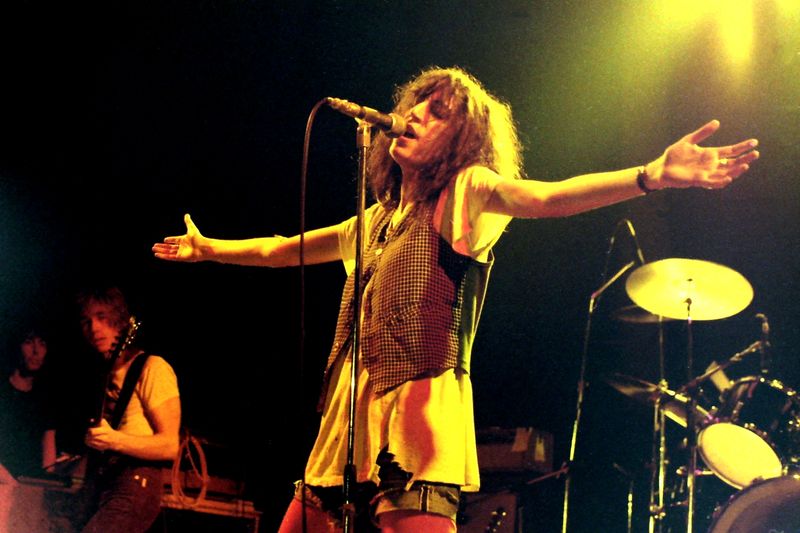
From rock and pop to soul and folk, these artists left an indelible mark on the industry, inspiring countless others and crafting timeless hits. Their contributions transcended mere entertainment, influencing the cultural and social climate of their respective eras. Join us as we explore the unique sounds, styles, and stories of these legendary women, whose remarkable careers continue to resonate with fans old and new.
1. Stevie Nicks
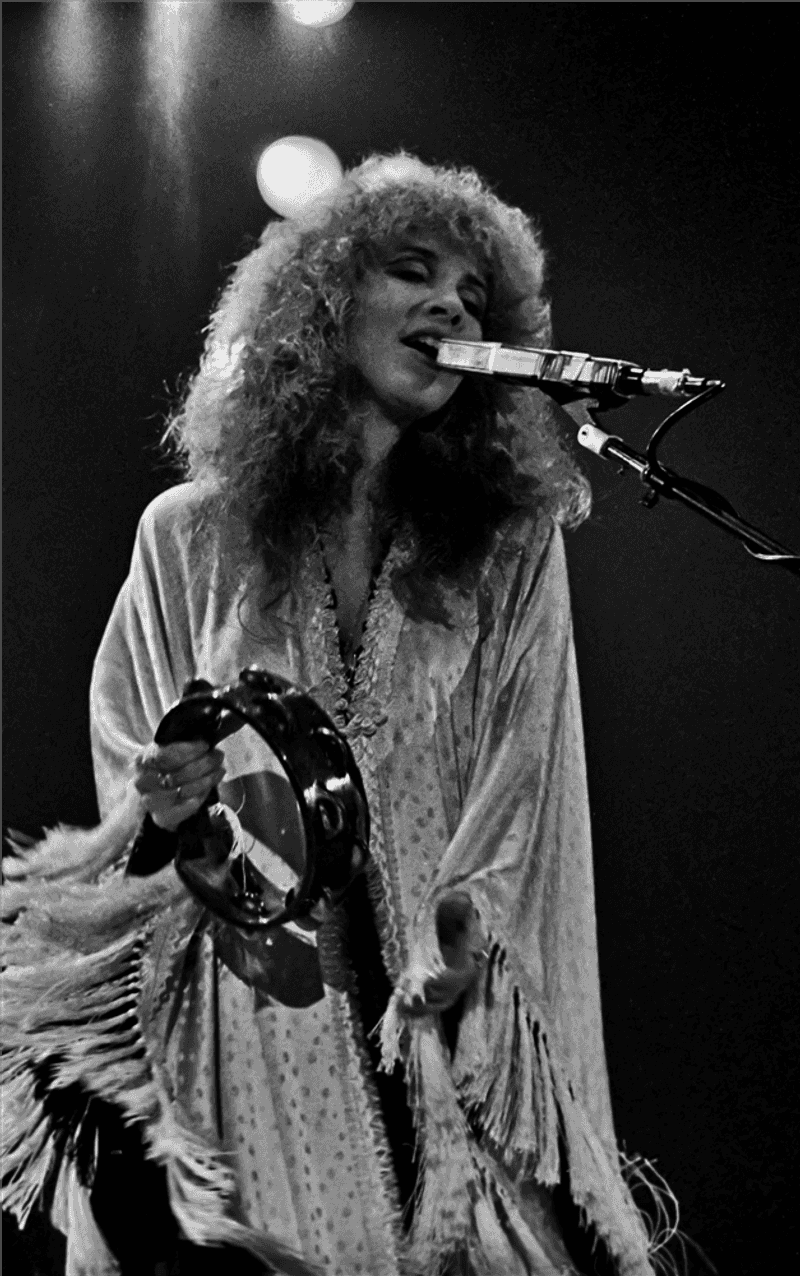
A swirl of lace, velvet, and mystery drifted across rock stages in the 1970s, carrying with it a voice that could haunt and heal at once. Her songs bled from personal chaos, yet somehow turned heartbreak into shared catharsis for millions.
With Fleetwood Mac’s Rumours, she transformed private turmoil into one of the most enduring albums in history. As a solo artist, she soared just as high, writing anthems like Edge of Seventeen that echoed her singular spirit.
On stage, she was less a performer and more a spellcaster, weaving moods from every note and gesture. Fans didn’t just listen; they believed. Even now, she endures as the high priestess of rock’s emotional core.
2. Joni Mitchell
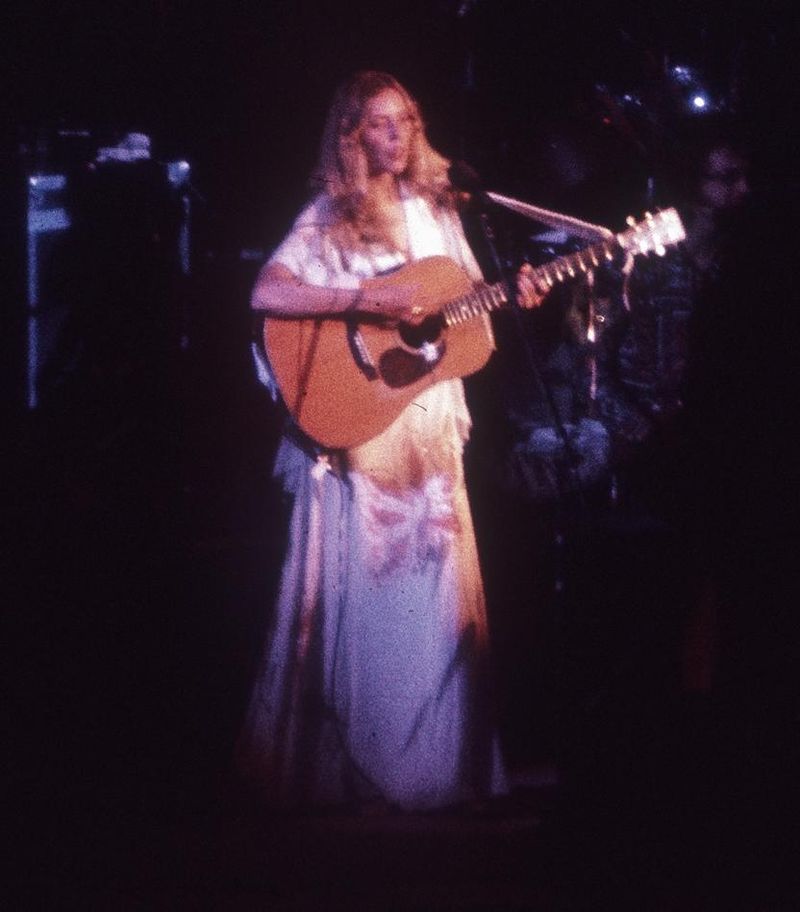
Somewhere between folk and jazz lived a painter with a guitar, sketching human longing into sound. Each lyric was a brushstroke, delicate yet devastating, capturing love, freedom, and self-discovery. Blue became her masterpiece, a diary turned into song that felt as private as it was universal.
She refused to stay still, bending genres like she bent melodies, from confessional ballads to complex jazz-infused epics. Her voice, once a soaring soprano, aged into a deeper instrument but lost none of its truth.
Countless musicians point back to her as the blueprint for authenticity in songwriting. Few artists have made vulnerability feel so unshakably strong.
3. Aretha Franklin
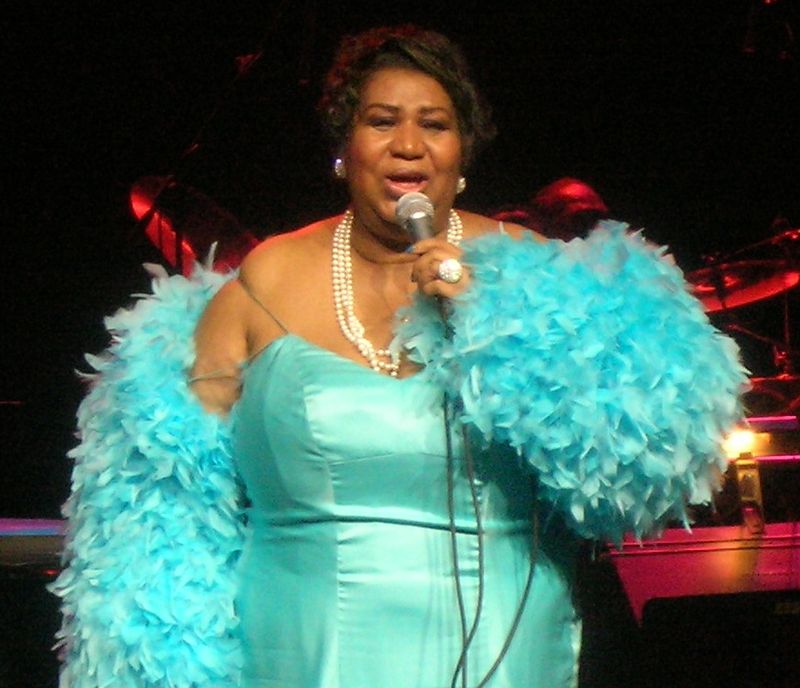
Though she had ruled the 60s, the 70s proved her reign was no accident — soul, gospel, and R&B all bowed to her command. Hits like Spanish Harlem and Rock Steady revealed her agility, moving between grace and grit with ease.
Each performance radiated both divinity and humanity, reminding the world that music could be prayer and protest at once. She carried the weight of her culture and her people in every phrase. When Aretha sang, audiences didn’t just hear her — they believed in themselves.
The Queen of Soul’s throne has never truly been vacant.
4. Patti Smith
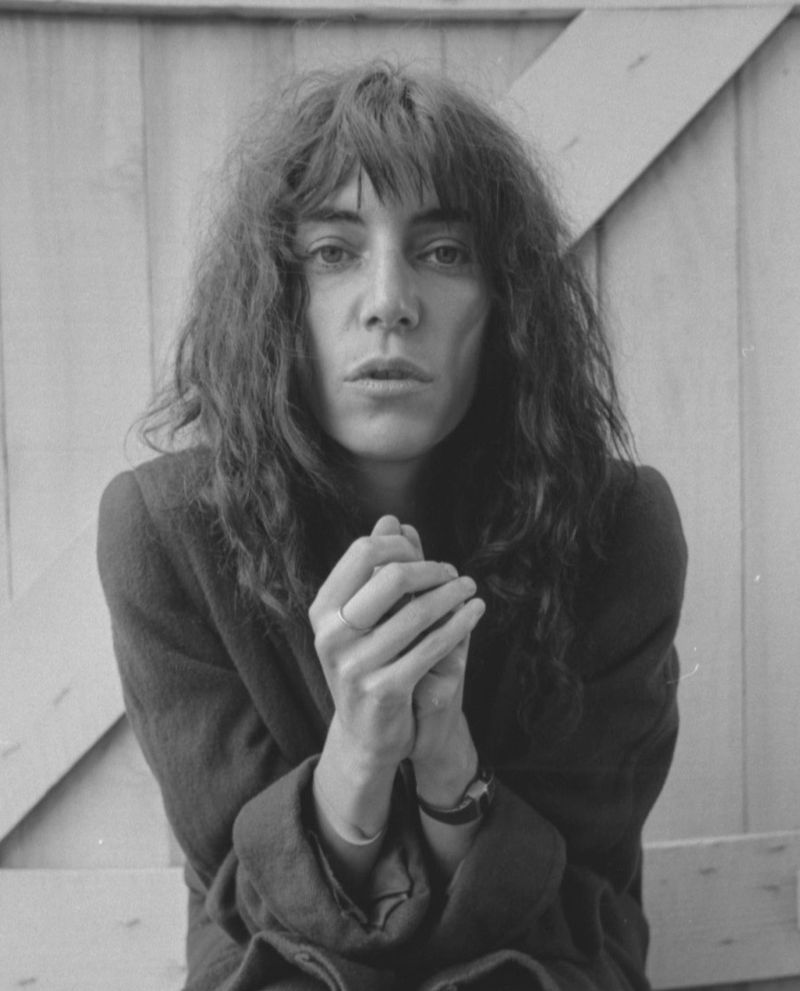
In a decade glittered with disco and gloss, a fierce poet stormed New York stages with grit under her fingernails. Her debut, Horses, broke open the doors between rock and literature, turning punk into a vessel for poetry.
With words that scratched and howled, she gave outsiders and dreamers a voice. She was never interested in polish, only raw honesty and rebellion. Her presence was and remains a challenge to conformity, a reminder that music is more than sound — it’s spirit.
Patti’s performances blurred the line between ritual and riot. She turned vulnerability into resistance and made art feel dangerous again.
5. Donna Summer
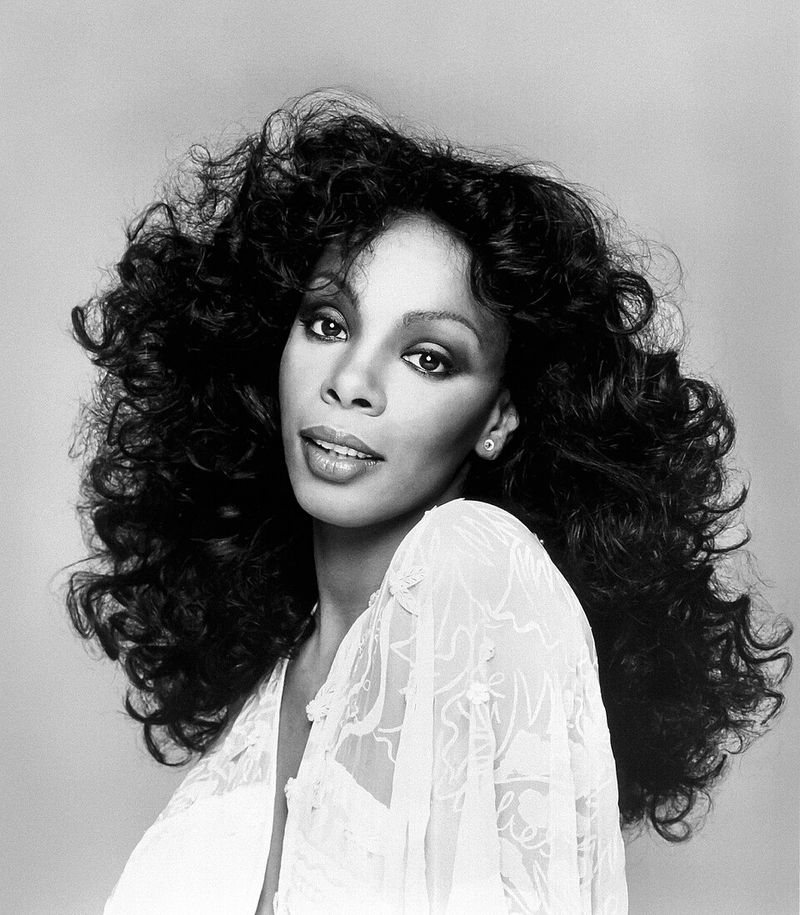
Crowned the Queen of Disco, she fused sensuality, spirituality, and sheer energy into hits like Hot Stuff and Last Dance. Producers laid down beats, but she made them transcend into anthems. While disco burned bright and fast, she carried its flame into pop history.
Each note shimmered with both control and abandon, creating music that felt impossible not to move to. Beyond the mirror balls, her artistry proved she was more than a genre’s face — she was its heartbeat. Donna Summer was nightlife, desire, and freedom rolled into song.
6. Debbie Harry
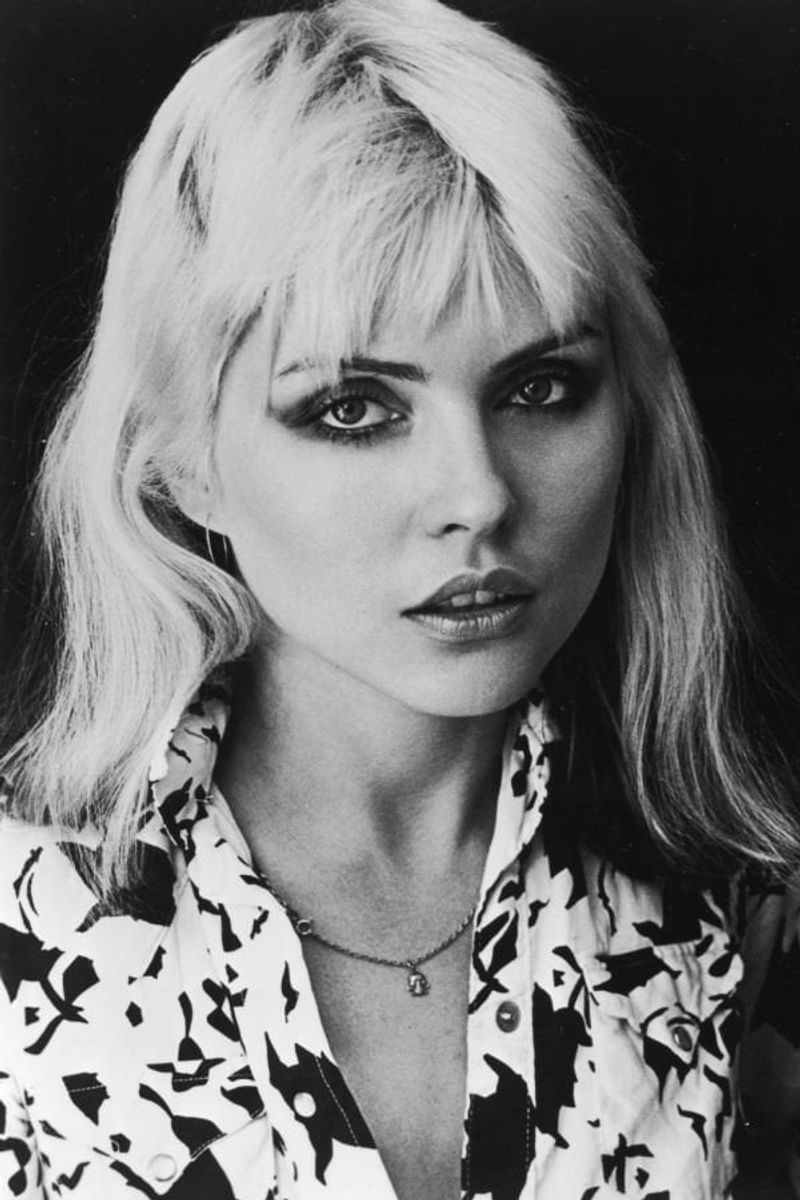
Cool blonde hair, leather jackets, and a voice that slid effortlessly from punk grit to pop gloss — she embodied New York itself. As Blondie’s frontwoman, she blurred the lines between underground rebellion and mainstream stardom.
Songs like Heart of Glass and Call Me became instant staples, pairing attitude with irresistible hooks. She stood at the crossroads of disco, punk, and new wave, never belonging to one world but ruling them all. Her presence was both detached and magnetic, the definition of effortless cool.
Debbie made it clear that women could lead rock bands without losing a drop of edge. She remains a punk goddess wrapped in pop brilliance.
7. Madonna
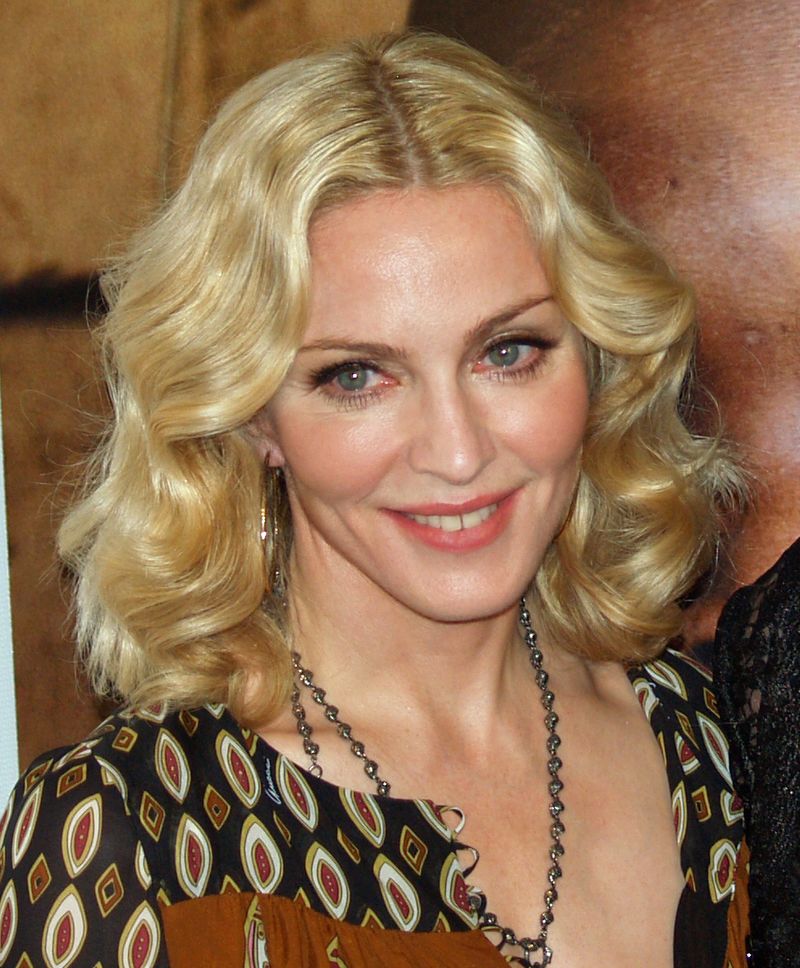
A crucifix, a lace glove, and a daring stare straight into the camera — that’s how pop’s rules began to change. What followed was not just a singer, but a provocateur, a shape-shifter, and a cultural architect.
From Like a Virgin to Ray of Light, each reinvention wasn’t just about music but about redefining womanhood in the public eye. She thrived on controversy, bending outrage into power and spectacle into art. Music videos became her canvas, and MTV her megaphone to the world.
In every move, she taught performers that ownership of image and sound was the true key to longevity. Her legacy is not only about chart hits, but about making pop music impossible to ignore.
8. Whitney Houston
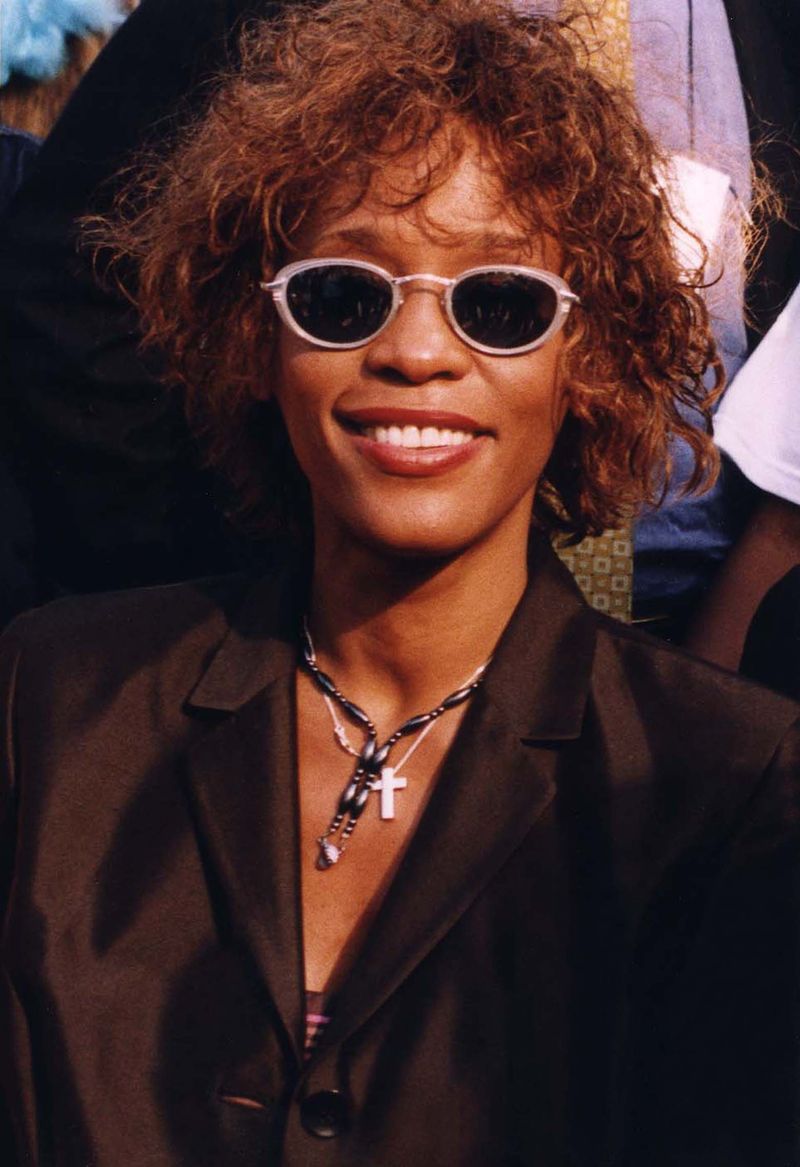
Pure, soaring, and seemingly limitless, her vocals turned ballads into monuments. From I Wanna Dance with Somebody to Greatest Love of All, she delivered joy and heartbreak with the same grace. She wasn’t just a singer; she was an interpreter of emotion, reaching straight into the heart.
Her presence on stage combined elegance and ease, reminding the world of what true vocal mastery looked like. When she entered the 90s with The Bodyguard, her global dominance was complete. Few voices have ever lived so perfectly between power and beauty.
9. Tina Turner
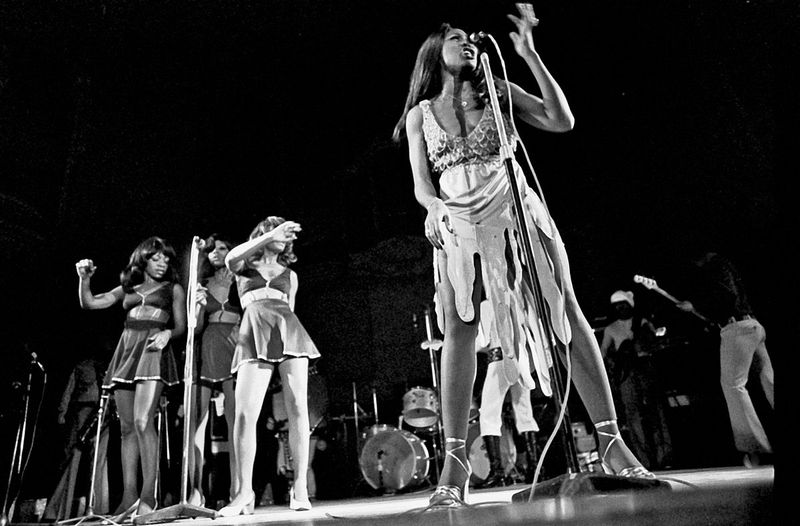
Out of flames of personal struggle rose a phoenix who refused to bow. By the 1980s, she staged one of music’s greatest comebacks with Private Dancer. Her raspy, thunderous voice carried both scars and triumph, turning pain into celebration.
Every performance was an explosion of energy — legs moving like fire, hair wild as if she’d just outrun a storm. She broke barriers for women, for Black artists, and for survivors who saw themselves in her resilience.
In her, audiences witnessed not just survival but transformation. Tina Turner wasn’t just back; she was unstoppable.
10. Cyndi Lauper
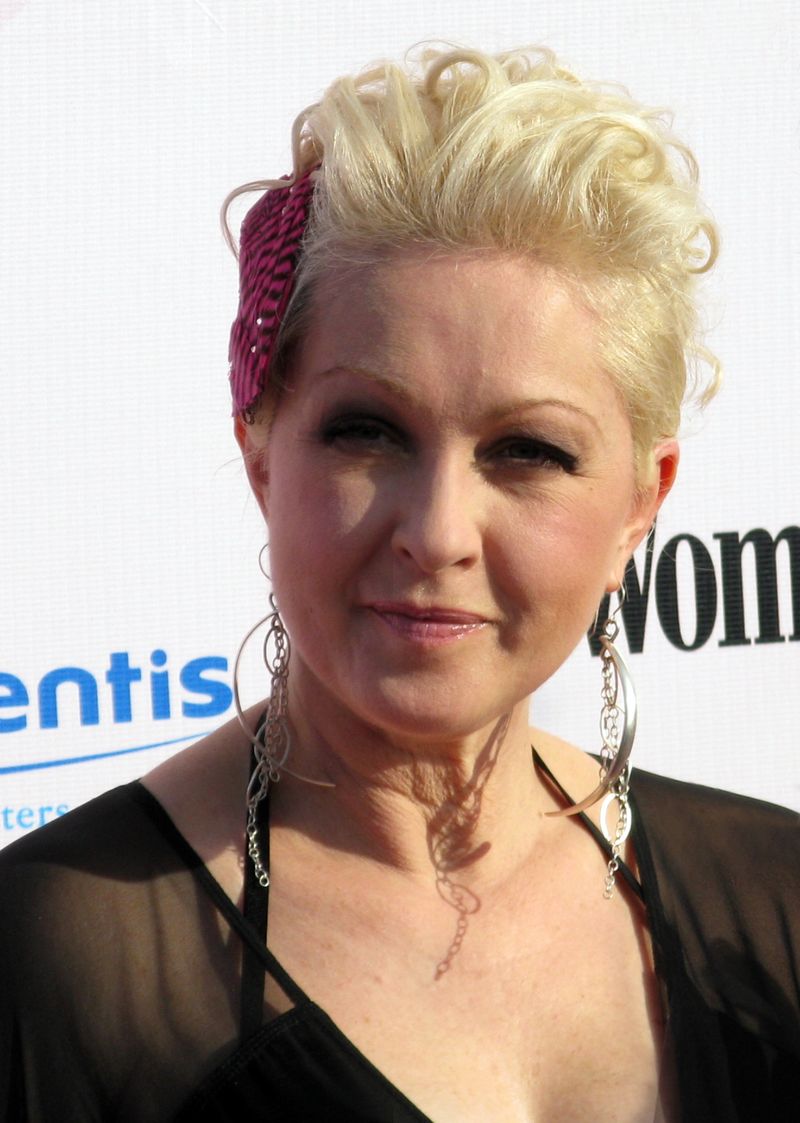
A burst of color and sound, she arrived with hair as loud as her voice and a spirit impossible to contain. Girls Just Want to Have Fun wasn’t just a song — it became an anthem of liberation and playfulness. Her quirky style and powerful vocals gave her both pop stardom and critical respect.
Cyndi wasn’t afraid to be weird, to be wild, to be unapologetically herself in an industry that preferred conformity.
She slid from playful hits to aching ballads like Time After Time, proving her versatility. Her presence lit up the MTV era with authenticity that couldn’t be faked. To this day, she stands as proof that joy can be radical.
11. Annie Lennox
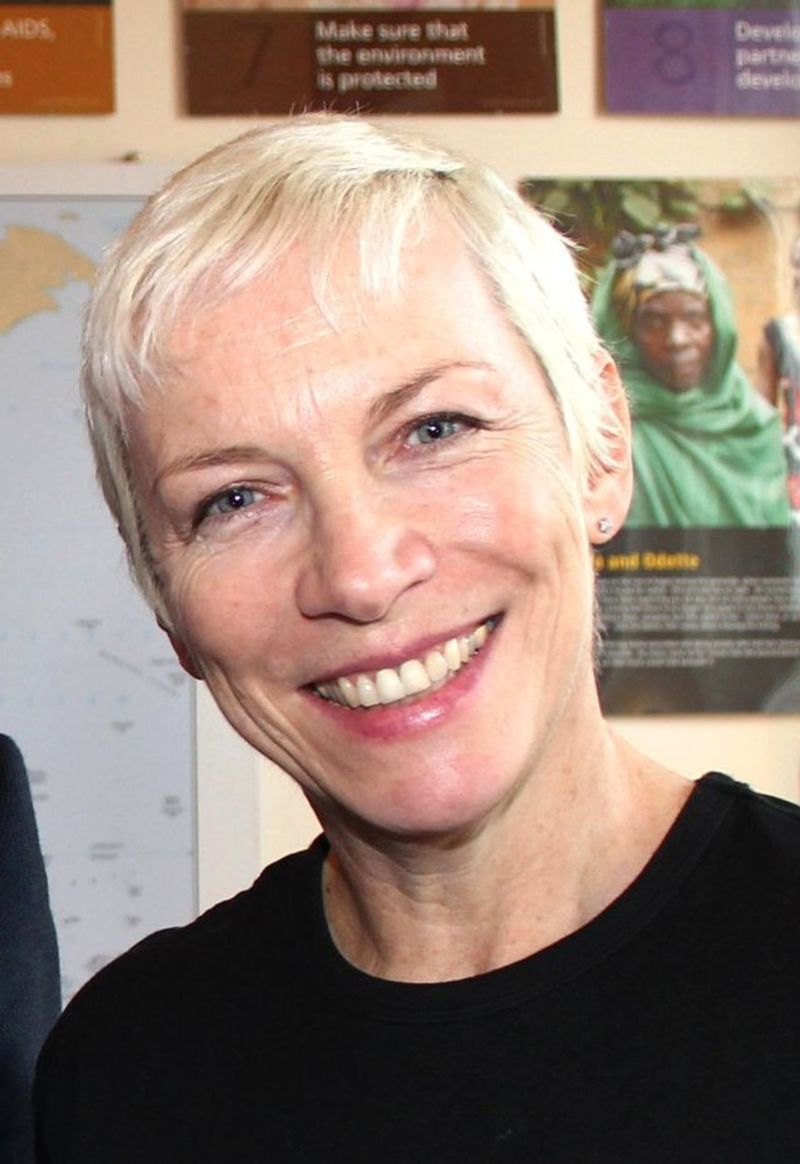
A shock of androgyny and a voice that could rattle walls — that’s how she carved her place in the 80s. With Eurythmics, she delivered icy synths wrapped in warmth, turning pop into something both emotional and cerebral.
Sweet Dreams wasn’t just a hit; it became a cultural marker, stamped by her haunting vocals. Her solo career continued that boldness, balancing artistry and accessibility. She challenged gender norms, never afraid to blur or bend them in fashion and persona.
Beyond music, she grew into an activist, channeling her power into global causes. Annie Lennox has always been more than a voice — she’s a force of presence.
12. Pat Benatar
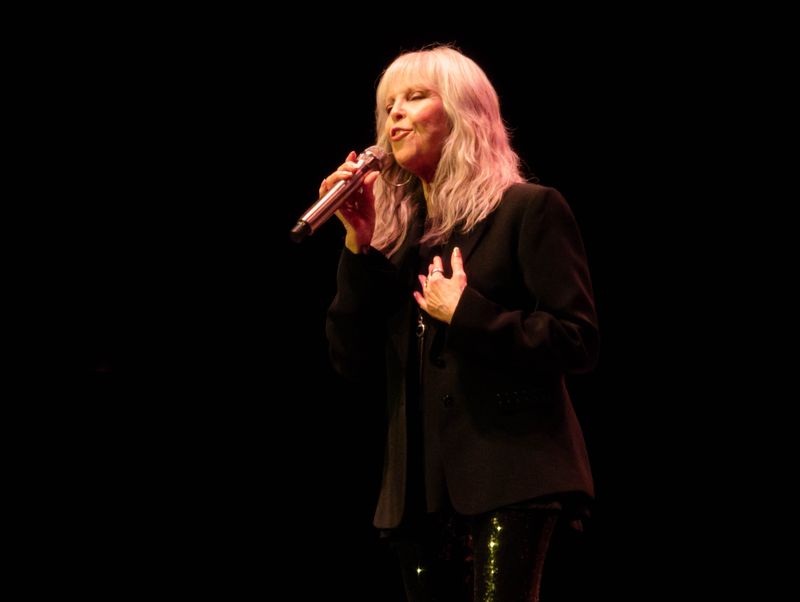
Few guitar riffs felt complete without her voice slicing through them. In the age of MTV, she stood as rock’s leading woman, fearless and fierce. Songs like Hit Me with Your Best Shot and Love Is a Battlefield made her a powerhouse of defiance.
She embodied the strength and grit women had long been told didn’t belong in rock. Her music videos made her a visual icon, pairing toughness with glamour in equal measure.
With every anthem, she declared that women didn’t just belong in arenas — they could own them. Pat Benatar gave rock and roll a battle cry in heels.
13. Mariah Carey
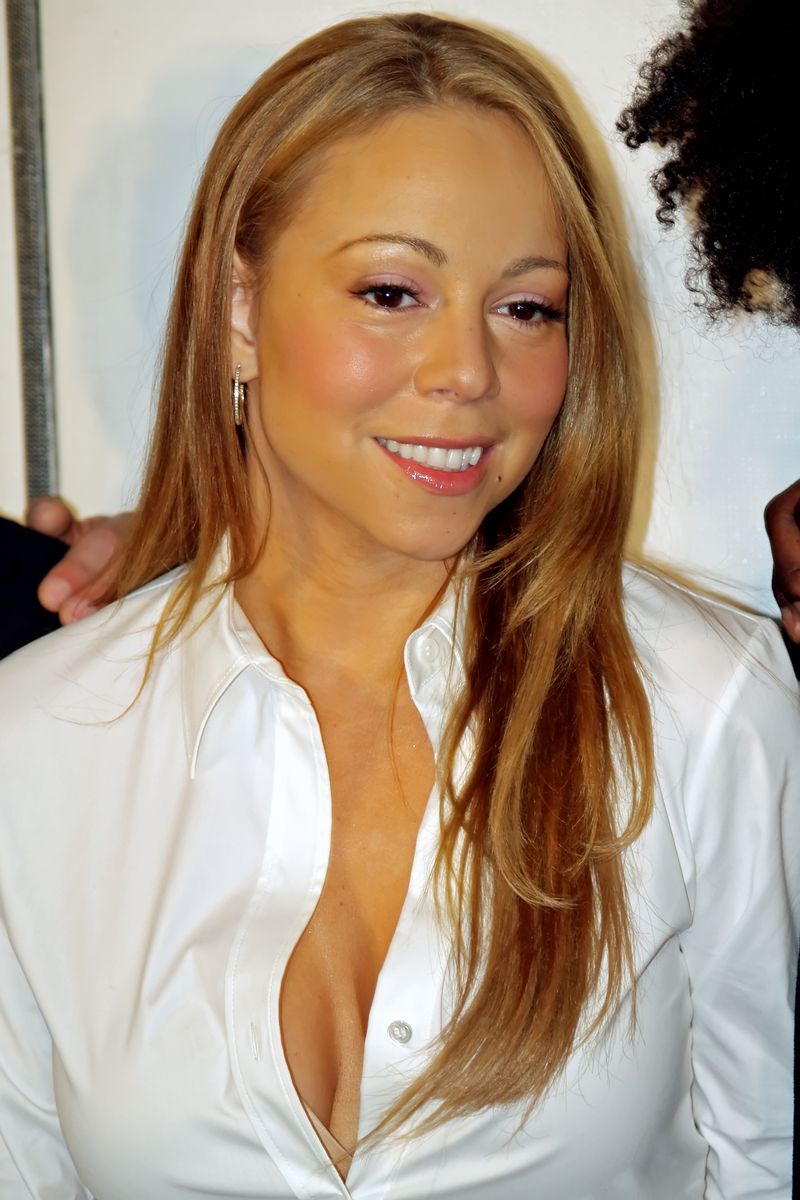
The sound of her whistle register alone set her apart from nearly every singer alive. Entering the 90s, she ruled the charts with a mix of soaring ballads and irresistible pop-R&B crossovers.
Songs like Vision of Love revealed her technical brilliance, while holiday staples like All I Want for Christmas Is You cemented her cultural immortality. Her control and range made her a standard by which others would be measured.
She also wrote and co-produced much of her work, proving artistry beyond the voice. For a decade, she was nearly untouchable in dominance. Mariah Carey became not just a singer but a vocal benchmark.
14. Janet Jackson
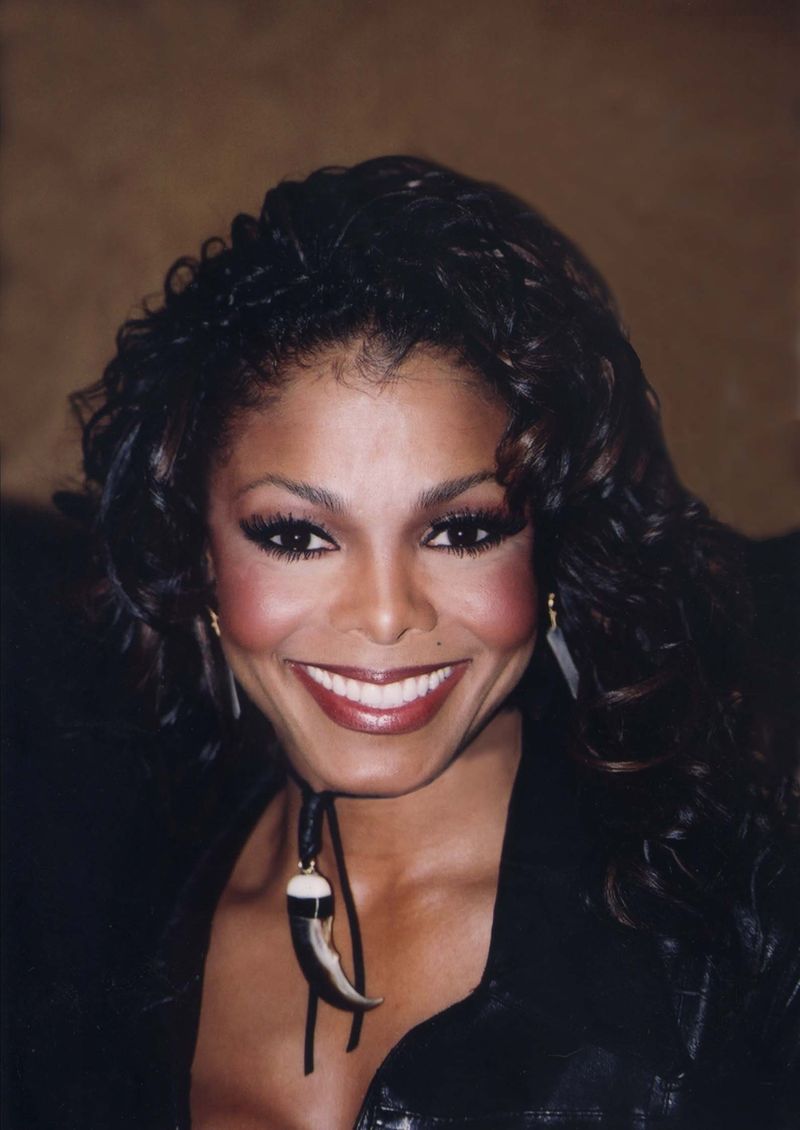
Her 90s albums like janet. and The Velvet Rope fused sensuality, activism, and dance into a unique tapestry. Choreography became as much a part of her art as the songs themselves. Her presence built an empire of pop fused with social commentary.
She dared to talk about sexuality, identity, and freedom while still dominating radio. Each performance was sharp, disciplined, and unforgettable. Janet Jackson turned pop into a full-body experience.
15. Shania Twain
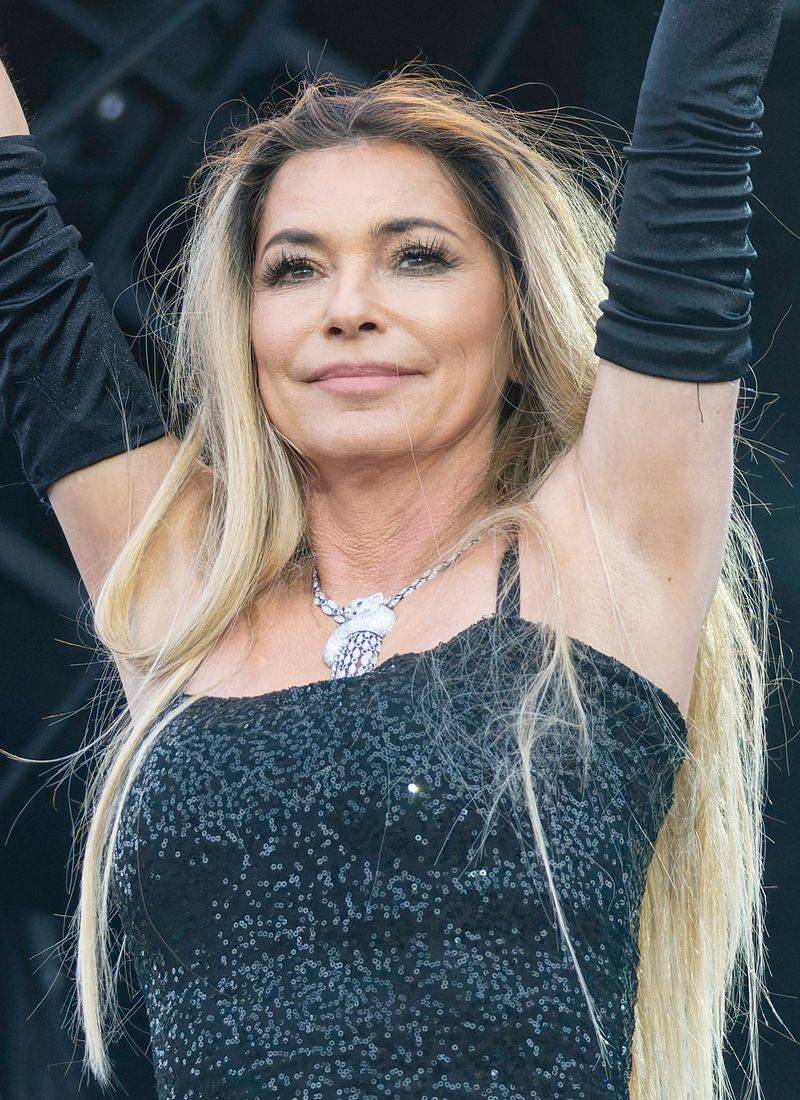
With Come On Over, she became the best-selling female country artist, pushing twang into the mainstream. Her songs combined fun, sass, and empowerment with irresistible hooks. Collaborating with producer Mutt Lange, she fused rock polish with Nashville storytelling.
Tracks like Man! I Feel Like a Woman! became instant rallying cries. She shattered the glass ceiling for women in country, proving crossovers could conquer the world. Shania Twain made country pop sparkle with global power.
16. Alanis Morissette
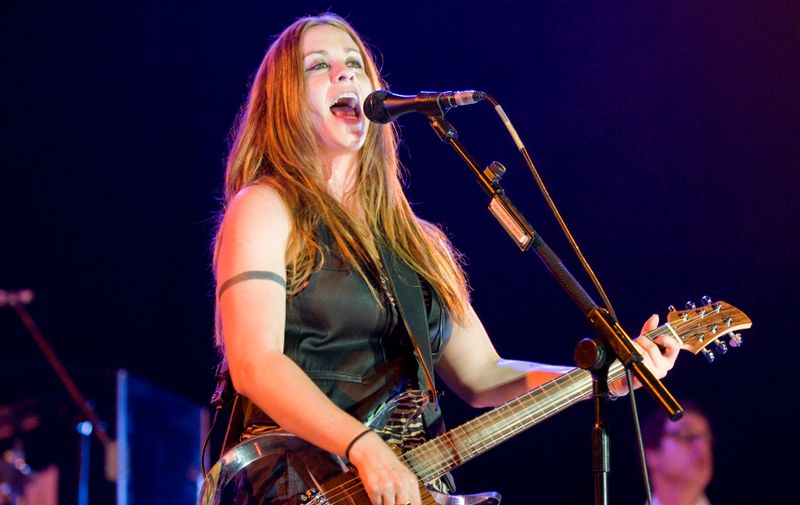
A single scream of You Oughta Know shook the music industry into a new era of raw honesty. With Jagged Little Pill, she gave a generation its confessional soundtrack. Her lyrics were unapologetically messy, angry, and vulnerable, rewriting what it meant for women to speak in song.
The album became a phenomenon, selling millions and echoing through bedrooms worldwide. Her voice was jagged itself — half howl, half prayer — and entirely unforgettable. Alanis redefined alternative rock by marrying fury with fragility. She gave the 90s its truest emotional diary.
17. Lauryn Hill
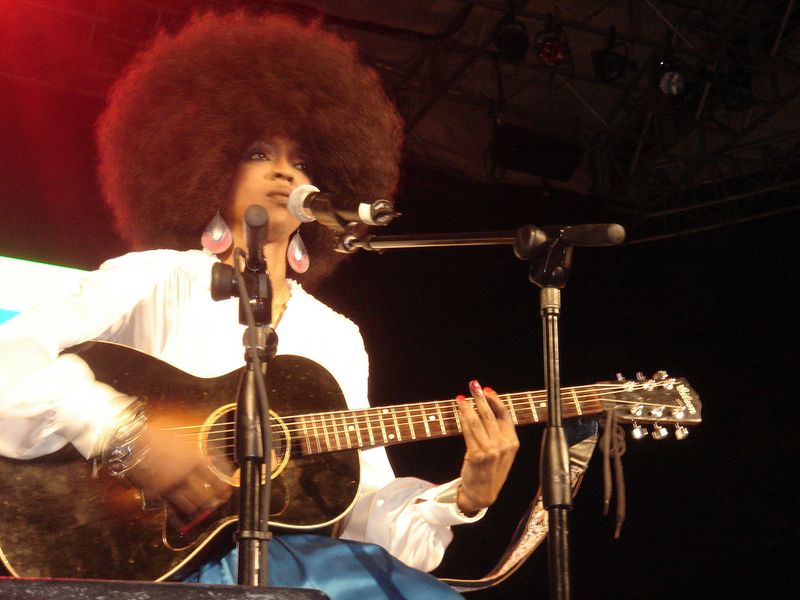
The first time her voice cut through a Fugees track, it felt like sunlight breaking through storm clouds. Blending vulnerability with fire, she commanded respect without demanding it. Then came The Miseducation of Lauryn Hill, an album so rich it seemed to teach as much as it sang.
Within its grooves, hip-hop embraced poetry, soul melted into reggae, and love confessed its fractures. Her voice could ache with tenderness or rise in righteous defiance, always grounded in truth.
The music world hasn’t stopped yearning for her return, a testament to the weight of what she gave. Sometimes one masterpiece speaks louder than an endless career.
18. Sheryl Crow
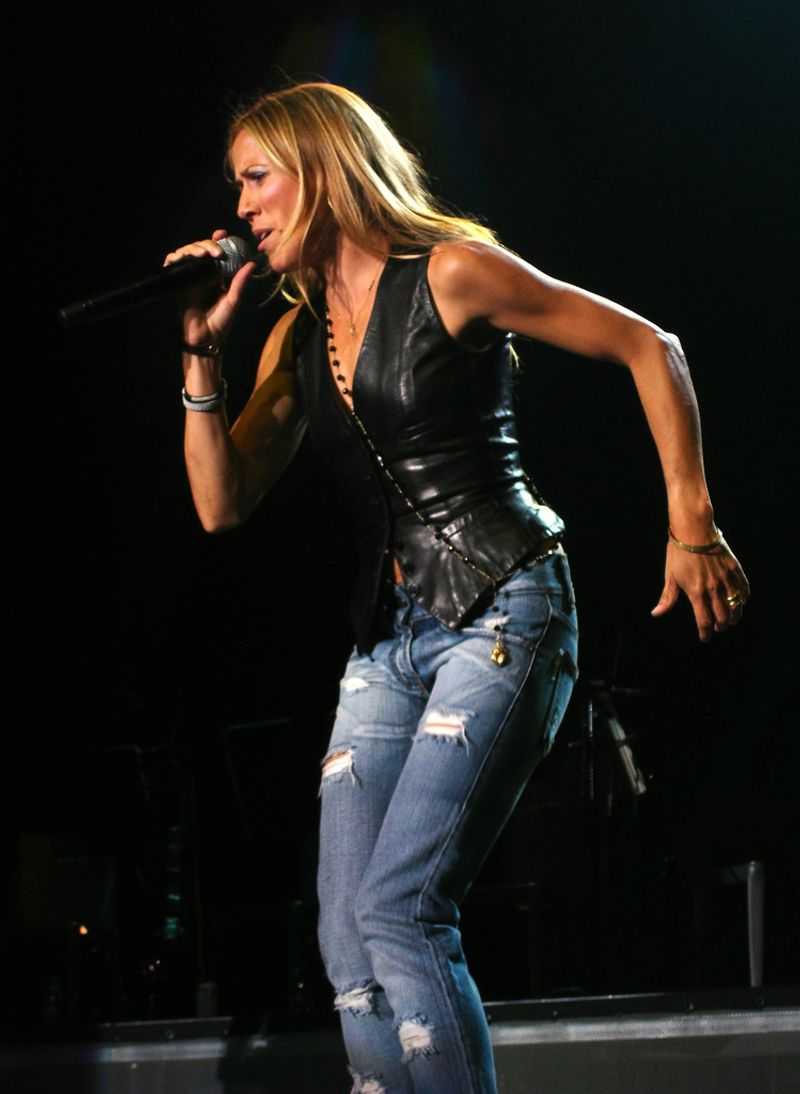
She wrote songs that felt like snapshots of American life, from playful escapes like All I Wanna Do to bittersweet ballads. Her music was approachable yet layered, capturing both everyday ease and deeper questions.
A songwriter first, she threaded authenticity into every chorus. She bridged the gap between rock, folk, and pop with casual mastery. By the decade’s end, she was no longer just a newcomer but a defining voice. Sheryl Crow made music that felt like conversation with an old friend.
19. Tori Amos
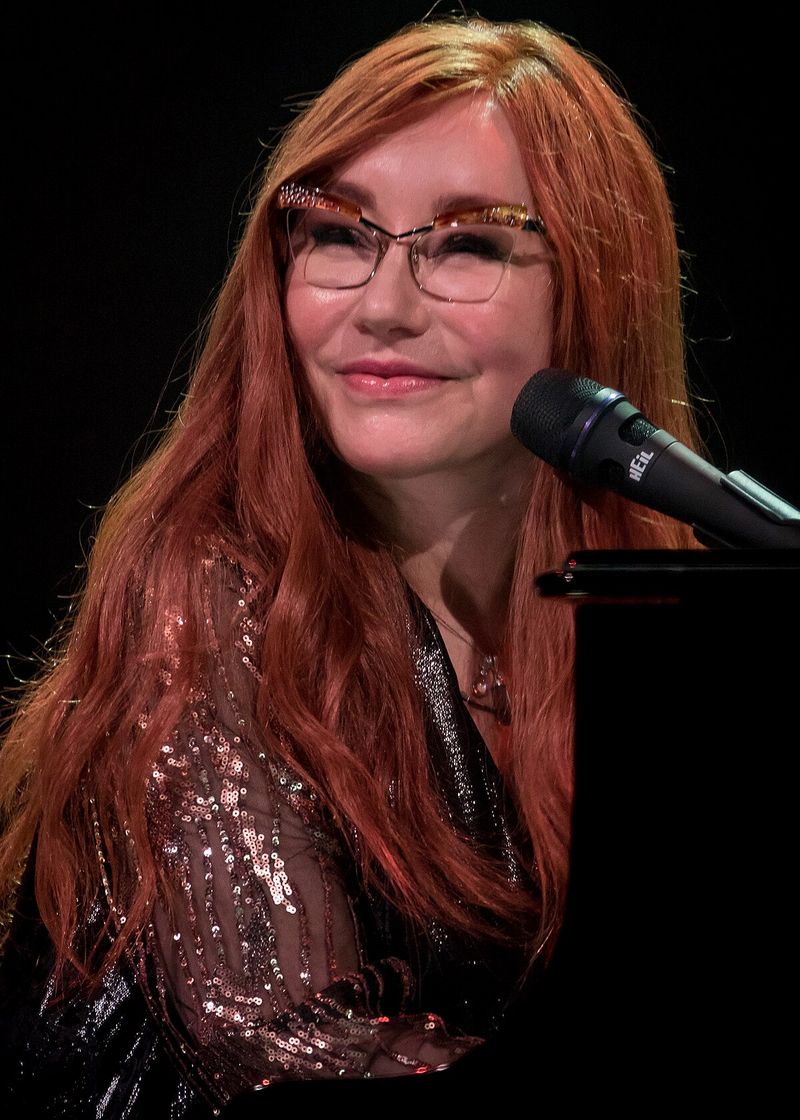
Her songs were not safe or easy; they were confessions, provocations, and spiritual reckonings. With albums like Little Earthquakes, she blended the sacred and the sexual, the intimate and the cosmic. She invited listeners into a space that was sometimes unsettling but always magnetic.
Her performances carried theatricality, as if each song was a spell cast live. She gave voice to trauma, resilience, and rebellion with fearless creativity. Tori Amos proved that music could be as confrontational as it was beautiful.

Comments
Loading…